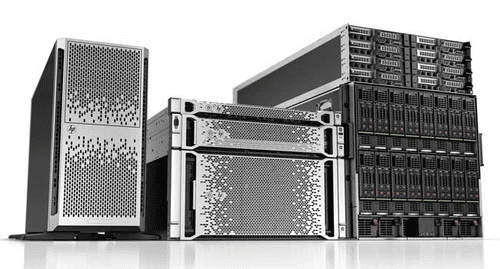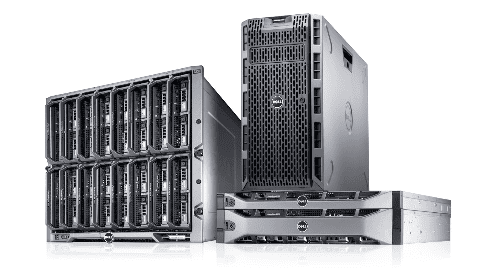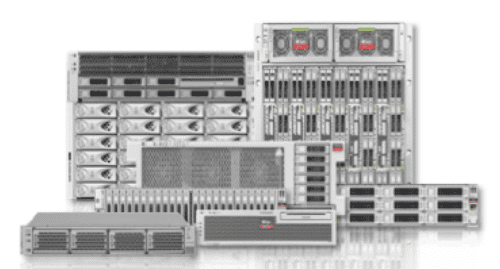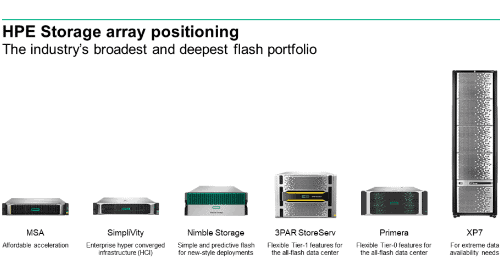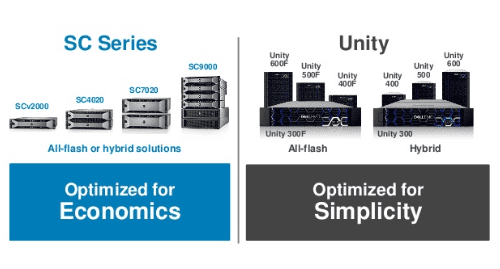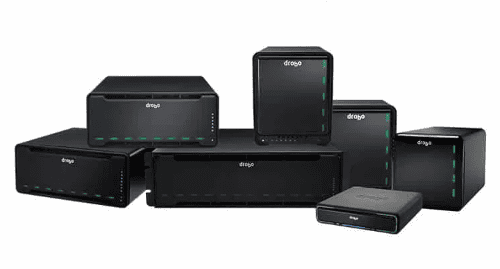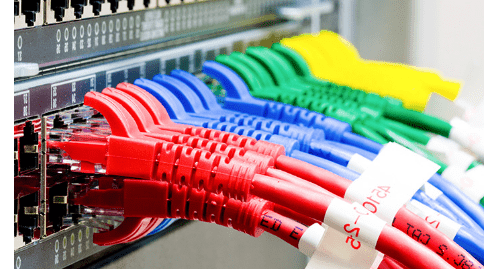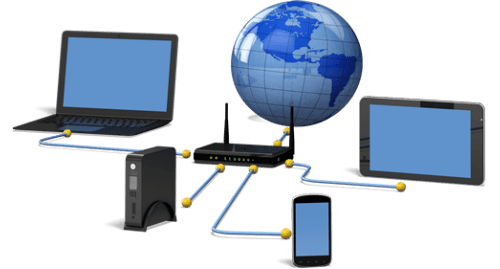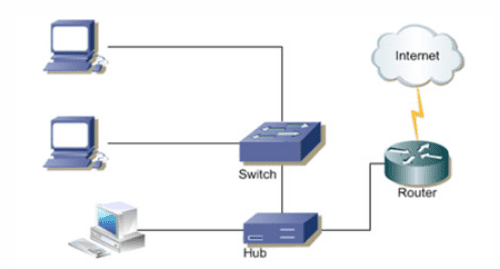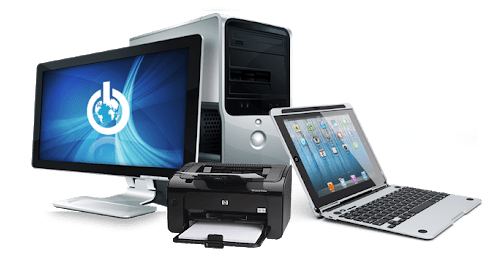Core IT Infrastructure
Core IT Infrastructure
Servers
We have an entire range starting from standalone tower server, rack server, blade server to hyperconverged servers that fits best in your requirement & budget.
- Standalone tower servers are best suited for hosting small applications for very small companies with low budgets. These companies generally don’t even have dedicated server room. Typical use cases are small businesses, office or retail establishments with upto 15-20 end point terminals.
- Rack and blade servers are typically adopted by slightly mature organizations who are more concerned about their data and application availability. They either have dedicated server room or datacenter for hosting their servers and other IT infrastructure.
- Hyperconverged servers are the latest in offering in which all resources like compute, storage and network are in the same physical device. All resources are redundant, software definable and can be allocated on the fly in real time.
Storage
Storage plays a very important role when it comes to data safety & security.
- Network-attached storage (NAS) is dedicated file storage that enables multiple users and heterogeneous client devices to retrieve data from centralized disk capacity. Users on a local area network (LAN) access the shared storage via a standard Ethernet connection.
- A storage area network or SAN storage network is a computer network which provides access to consolidated, block-level data storage. It does not provide file abstraction, only block-level operations.
- Unified storage is a shared storage device that provides consolidated block and file services to open system clients and physical and virtual servers. It simultaneously enables storage of file data and handles the block-based input/output (I/O) of enterprise applications.
Network & Switching
Network & switching forms the most basic foundation of any IT setup. We have full blown expertise in providing a robust structured network.
Local Area Network (LAN) is a group of computers and other devices that are connected together over a network and are all in the same location—typically within a single building like an office or home. A Metropolitan Area Network (MAN) is a network made up of multiple LANs that are connected together via high speed networks and are all contained within the same city or metropolitan area. A Wide Area Network (WAN) is also made up of multiple LANs, but spans an area greater than a single city and may be connected by different types of technologies, including the internet.
A structured cabling system is a complete system of cabling and associated hardware, which provides a comprehensive telecommunications infrastructure. This infrastructure serves a wide range of uses, such as to provide telephone service or transmit data through a computer network.
Wireless networking is a method by which homes, telecommunications networks and business installations avoid the costly process of introducing cables into a building, or as a connection between various equipment locations.
Routing and switching are the basic functions of network communication. The function of Switching is to switch data packets between devices on the same network (or same LAN – Local Area Network). The function of Routing is to Route packets between different networks (between different LANs – Local Area Networks).
Endpoint Devices
Are you feeling confused while purchasing Laptop, Desktop, Workstation or Printing solution for your office or home?
Should I go for a Laptop or Desktop, what should be the ideal configuration for my computing needs, which Printer to buy or go for a managed printing solution. It is extremely challenging to decide, but why to worry when we are here to help you make the right choice.
We duly assess your requirements before pitching the right match for you.


